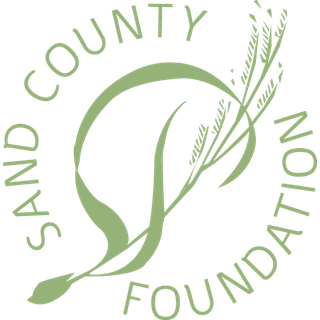For Elizabeth Mitchell, the land at Bennion Ranch is an extension of herself. The fifth-generation cattle rancher spent her youth on her family’s ranch located along the Vernon Creek in Utah’s West Desert.
When Elizabeth and Alan, and their five children, took the reins of the 2080-acre ranch in 2001 they wanted to improve its cattle pastures and wildlife habitat.
The Mitchell’s first task was rebuilding worn out fencing. Without control of their cattle’s movements, any conservation efforts would be stymied. They reconstructed 14 miles of fencing during their first five years, and have since doubled that amount. The early years also included installing two miles of waterlines and troughs with wildlife-friendly ramps.
The Mitchells have allotments to graze their cattle on thousands of acres of U.S. Forest Service lands that surround Bennion Ranch. They began their rangeland rejuvenation there in 2007 by removing Pinyon-juniper trees, thinning sagebrush, and reseeding 300 acres of pastures with multi-species of native grasses. This initial effort led to more than a dozen subsequent habitat improvement projects covering more than 18,000 acres, including all their private land.
Although Pinyon-juniper trees notoriously compete with grass for moisture, some groves of the trees were allowed to remain to provide shelter for cattle and wildlife. The Mitchells continue to interseed drought-resistant native grasses into their pastures.
When the Mitchells got involved with a local group working to conserve habitat for the greater sage-grouse, they brought thoughtful landowner and cattle rancher perspectives to the effort. With financial and technical assistance from a variety of organizations who rallied around the Sage Grouse Initiative, the Mitchells implemented a wildlife and livestock habitat conservation plan over a five-year span.
The Mitchell family helped identify leks of the elusive birds that are native to the area around the Sheeprock Mountains. To protect the birds from mowing equipment, Alan built a hydraulic flushing bar system that mounts to a tractor’s front-end loader.
The Mitchells have improved water quality and wildlife habitat with help from Beaver Dam Analogues, man-made structures that mimic the form and function of natural beaver dams. Located at various spots along Vernon Creek, which runs through Bennion Ranch, the structures filter silt from the water and create small ponds for migrating ducks.
To improve soil health and feed efficiency, the Mitchells grow cover crops within a crop rotation system on their alfalfa fields. A mix of grain, clover, radish, turnip, collards, and kale provides forage while naturally suppressing weeds and reducing the need for commercial fertilizers. Each fall the hay fields are part of the ranch’s rotational grazing system. The Mitchells raise crossbred Wagyu/Angus cattle and direct market their beef to customers.
Alan has served on the boards of the Rush Valley Water Conservancy District, Vernon Irrigation District, and Utah Crop Improvement Association. Elizabeth organized a cooperative project between ranchers and the U.S. Forest Service that improved water and grazing distribution.
Bennion Ranch hosts a variety of projects and events that bring guests to its remote location, including the Utah Division of Wildlife Resources’ Dedicated Hunter Program. This service-based hunting program provides hunters with opportunities to contribute time to wildlife-related service projects. They also learn about the conservation ethic that drives landowners like the Mitchells.








